In B2B Marketing: Tomorrow’s Best Practices Today, we feature expert interviews about the state of B2B Marketing and what the future holds. In this post, I interview Andy Crestodina, Chief Marketing Officer and Co-Founder, Orbit Media Studios, Inc.
Tell us about yourself?
I am a content strategist.
Mostly I’m known for presenting at conferences and writing detailed how-to articles. I’ve done SEO and analytics for 18 years.
I’m also the co-founder of Orbit Media, a 36-person digital agency. We build all kinds of websites for all kinds of companies.
Our marketing team is just two people (Amanda and me) but somehow, each year, we publish 50k words, attract 1.5M visitors and generate 500+ sales qualified leads. We also run a ton of events, including Content Jam, our annual conference here in Chicago.
Tell us about your background in B2B marketing?
Since the beginning, I’ve been responsible for marketing Orbit. We’re a B2B service company so of course, B2B is my first love.
Although I’ve worked with hundreds of clients on hundreds of marketing challenges, I don’t have an MBA and I was never formally trained in marketing. Back when I was a kid, they didn’t teach digital in college … yes, I’m old. Gen X, baby!
This is a picture of my desk in 2001. Can you find… notice the cordless phone and the stack of blank CDs.

How can our B2B content stand out from the crowd?
The battle is really fought in the inbox and the social stream. And there it always comes back to the headline.
Every time your audience sees a headline, they do a split second cost/benefit calculation in their mind. Is the benefit of clicking on these words worth 2 seconds of my time? So what you write in those 10 words makes all the difference.
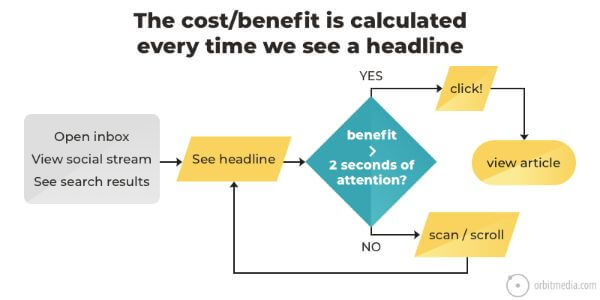
Source: How to Write Truly Great Headlines, Orbit Media
To make the perceived benefits bigger, be specific and descriptive. Don’t be clever. Just let the visitor know the best part of what they’ll get if they click!
This is the key to winning attention. The key to keeping their attention is to make the article the best article they’ve seen on the topic. That means…
- Detail and depth
- Scannable formatting with subheads, short paragraphs, bullets and numbered lists
- Images, charts, graphs and screenshots
- Supportive data and statistics
- Contributor quotes from relevant experts
What’s a best practice that B2B marketers should move on from?
Reporting.
I’m not a fan of running and reading reports. Because reports themselves don’t affect results. Only analysis and actions drive results!
- I love analysis (answering questions, making recommendations, driving decisions)
- I hate reporting (looking at charts)
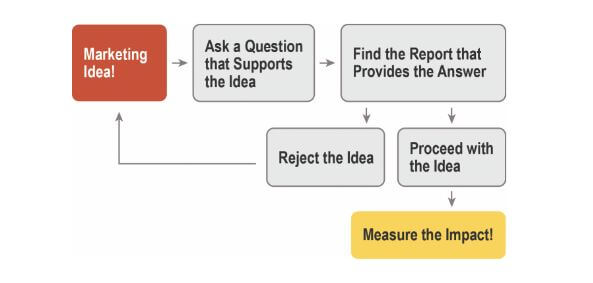
I don’t like “nice to have” information. I want actionable information and insights. I want data to support (or reject) a hypothesis before taking an action. Then I want action. Then I want to measure results from a specific action before taking the action again.
Note: For an example of analysis (and insights!) browse Leadtail’s Social Insights reports for Decision Makers
Tell us a best-practice-of-tomorrow that B2B marketers should be doing today?
Chatbots, influencer marketing, interactive video and personalization. Most B2B marketers still aren’t using these technologies. They are tomorrow’s best practices.
But before anyone does any of those things, I would ask this question first: have you done everything possible to make your website and your content as human as possible?
Before you sign up for a new tool, click through your website. Does it show your personality? Are there faces on every page? Are your calls to action bland and generic? Or do they have a human touch?
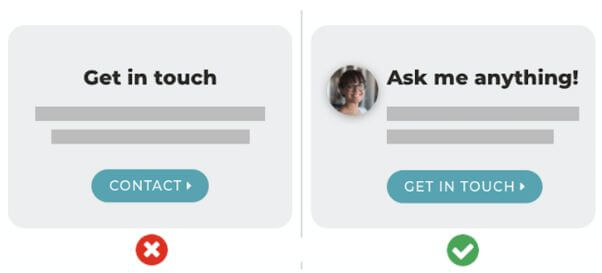
This is a best practice of today that a lot of marketers miss. The goal in B2B is to be as human as possible.
For more tips on this, check out Mark Schaefers new book, Marketing Rebellion. It is excellent.
What’s an SEO mistake that B2B marketers are still making today?
A lot of B2B marketers don’t understand how competition works in SEO. They don’t fully realize this one, critical point in search:
Every keyphrase is a competition.
Every page is a competitor.
Once you understand that, you understand that you should only target a keyphrase if you have sufficient authority to rank for it. You stop sprinkling phrases around your site and you start building pages that are laser focused on a specific topic.
If you aren’t familiar with Domain Authority and how it relates to keyword research, here’s a handy shortcut. Just look up your website in the Moz Link Explorer, and then target phrases that meet these very basic criteria.
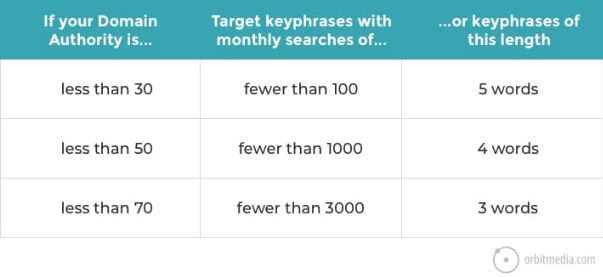
Source: How to Research Keywords, Orbit Media
You don’t need to be an SEO expert to write for search. You just need to know the basics of competition and keywords.
What do B2B websites get wrong?
I strongly advise against making a testimonials page.
Testimonials are powerful. Often they are some of the best content on a website. They’re automatically more credible than anything the marketer writes because they come from a third-party: the customer.
And they can be relevant to the content around them… unless you put them on a separate page. A testimonials page is the worst place to put them. These pages tend not to get visited, so the website planner is effectively hiding their best content by putting them here.
Check your Analytics to confirm. Here’s an example of an account where the testimonials page is the 31st most popular page. Certainly not a way to put your best foot forward.
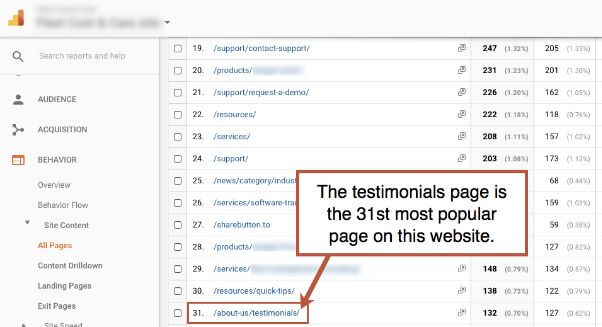
Describe B2B marketing in three words or less?
Data-driven empathy.
Check out Andy’s book
Andy is author of “Content Chemistry: The Illustrated Handbook for Content Marketing.”
This book is amazing. No matter your skill level in content marketing (e.g., beginner, intermediate, expert), there’s something in Andy’s book for you. I highly recommend it!
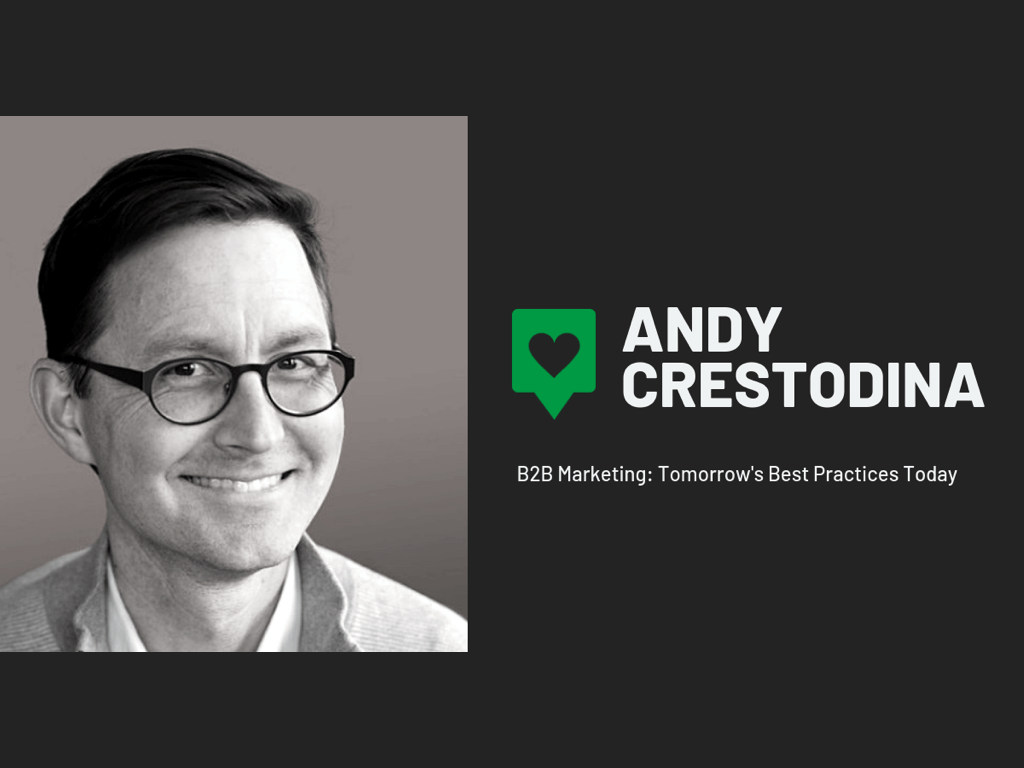
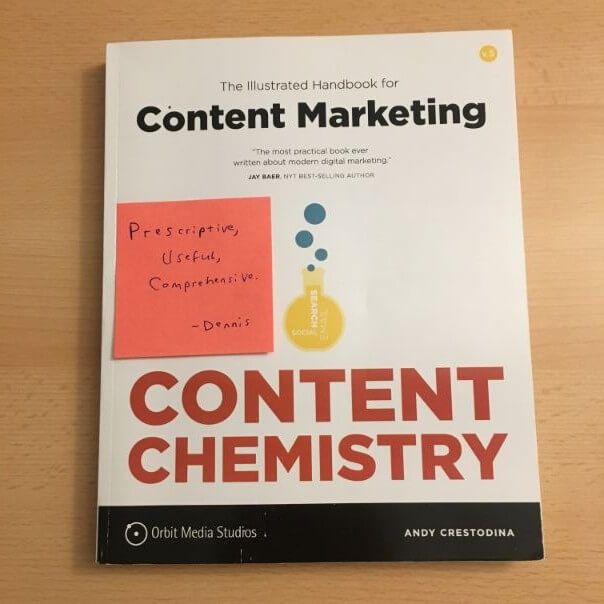
0 Comments on "B2B Marketing Q&A: Andy Crestodina on Winning Attention, The Human Touch and More"